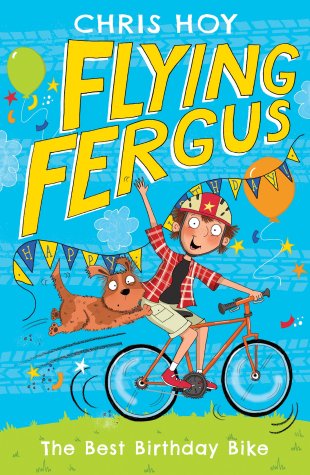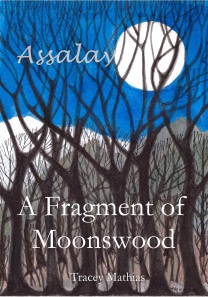In May, 2017 I went to a very interesting Children’s Book Circle Event discussing the increase in the amount of celebrities writing children’s books. The panel consisted of:
- Children’s reading consultant, freelance editor and blogger, Clare Zinkin
- Award-winning picture book author, Michelle Robinson
- YA author and ghost-writer, Siobhan Curham

Children’s editor of the Bookseller magazine, Charlotte Eyre was the chair. She explained publishers are actively seeking out celebrities to write books and this is not isolated to only books for children. She told us that if a publishing house has success with a gimmick such as a celebrity author the trend is for the others to follow as it brings in the money. It was quite significant that there were no celebrities or publishers on the panel.
We must never forget that publishing is a business and all businesses want to make money. Although, whether they make money is dependent on age-group and who the celebrity is. David Walliams’ books sold over 56 million books last year whereas Chris Hoy did not even sell 5000 copies. As authors we should want our publishing houses to do well as it means there is more money to spend on debut authors.
However, the marketing can be frustrating. It is disheartening when celebrities are higher in the charts because they are getting bigger budgets and higher billing at events and festivals. In a way it is cheating because the stars are being given a head start. Authors like David Walliams are always in the review round-ups regardless. It is sad that even the Summer Reading Challenge book sorter mostly recommends celebrity books and traditional best sellers like Roald Dahl and Jaqueline Wilson. In the same way, large book shops like WH Smith and Waterstones tend to stock only the big name authors. But Michelle is proud she has got to where she is ‘the hard way’.

On the whole, books by sports people and other celebrities are a good thing because it gets children reading; many who may never have picked up a book before. Celebrity books tend to be light-hearted middle grade with a great illustrator. The children do not care that it is a celebrity without a background in writing all they want is a great story with amazing characters to read.
We are getting to a stage where there may be a saturation of the market with celebrity books and some are not making out their large advances. There has been a tendency for publishers to depend too much on celebrity authors. There is also a fear that because a gold medallist can also write a book in their spare time it makes writing seem easy and not hard work at all. Claire compared it to being like the celebrities creating a perfume. We need to remember Literature is a craft and we should see it as a craft. It is true many celebrities are actually writers with a proven track record and those who are not tend to have a ghost writer. As a ghost writer Siobhan sees her role as helping the celebrities tell their story.

Many authors in the audience felt that if a book had been written by a ghost writer they should put the ghost writers name on the books to make it clear who has written them. Siobhan explained ghost writers do not care if their name is not on the book, it is the nature of the job and anything that gets a book into a child’s hands is a good thing.
There was an overall feeling from the audience that celebrities should do more to get involved in the industry. They should make an effort to mix with other children’s book authors. It was suggested that in the same way as there are ghost writers, celebrities could advice authors on performing at events or make book recommendations to increase sales of all books and not just their own.
So my answer to the heading of this post, do we need celebrity authors, is…
…NO …we do not need celebrity authors. What we do need is great stories for children no matter who has written them.









































